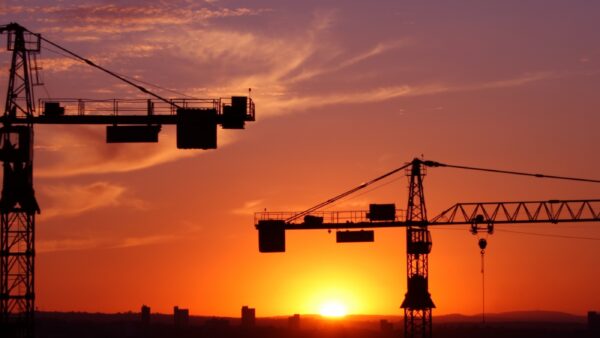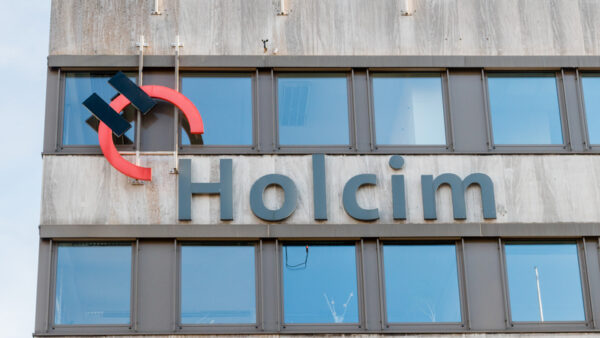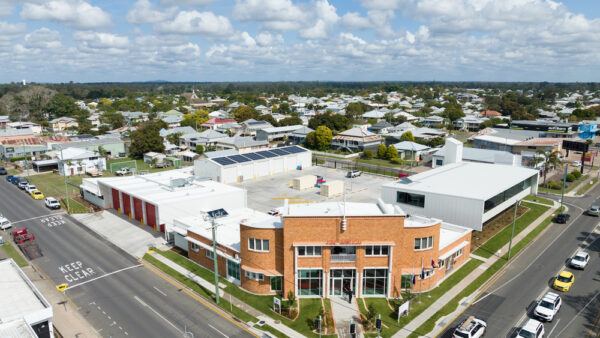
Gaza lies in ruins after two years of war. Experts warn that rebuilding will require not just many billions of dollars, but local agency and a meaningful political solution.
Although its outcome is far from clear, the recent US-brokered ceasefire between Hamas and Israel has revived discussions of Gaza’s reconstruction.
The human cost of the war has been nothing short of catastrophic, with tens of thousands of Gazan civilians killed and hundreds of thousands wounded or displaced following Hamas’s October 7, 2023 attack on Israel that killed approximately 1,200 Israelis.
Beyond the heavy loss of life, the material cost of rebuilding Gaza is staggering, too. A joint assessment by the United Nations, European Union, and World Bank estimates that damage from the war amounts to roughly $49bn, with total reconstruction needs projected to exceed $53bn over the next decade.
More recent assessments from the United Nations Development Programme have said the figure could reach $70bn, while some analysts believe it may ultimately surpass $120bn, if restrictions on imports and access persist.
“Any proposed budget should reflect the immense scale of devastation across the Gaza Strip, where entire neighbourhoods have been flattened, utilities and transport networks destroyed, and the economy severely disrupted,” says Ms. Abeer Zeyad, a Gaza-based researcher and writer.
“In my view, the actual cost of reconstruction is likely to exceed current estimates, because most calculations focus on physical damage while overlooking the expenses of rebuilding institutions, restoring governance, clearing unexploded ordnance, and providing psychosocial support for a deeply traumatised population,” she adds.
A region in rubble
The Gaza Strip is in the top five most densely populated territories on earth, with around 2.05 million people living on just 365 sq km, and it’s no exaggeration to say that most of its built environment no longer exists.
As of 4 March 2025, around 92% of housing units in Gaza, of which there were roughly 400,000, had been destroyed or damaged, according to the UN Office for the Coordination of Humanitarian Affairs.

The devastation, however, extends far beyond housing to hospitals, schools, power infrastructure, water systems, sewers and other civilian utilities, much of which has been buried under an estimated 61m tonnes of rubble, laced with unexploded ordinances, says the United Nations Environment Programme.
Initial assessments put direct infrastructure losses at $18bn, and indirect social and economic losses – lost jobs, shuttered businesses, halted education – at an additional $19bn, according to the World Bank.
Architect Dr. Nadi Abusaada, visiting assistant professor at the School of Architecture and Design at the American University of Beirut, says the devastation is historic and existential.
He said it will “take generations before we’re truly able to grasp the extent of the physical, social, and psychological damage”, adding: “The bulldozer is faster than the pen.”
Abusaada argues that terms like ‘urbicide’ or ‘domicide’ cannot capture the full magnitude of Gaza’s destruction.
Indeed, over 80% of Gaza’s hospitals and clinics have been damaged or destroyed, while 60% of schools are no longer functional, according to a UN-World Bank report from early this year, meaning the actual figure is even higher now.
Rebuilding these systems could cost upwards of $7bn, yet the challenge goes beyond physical reconstruction: doctors, teachers, engineers, and administrators must be replaced or retrained too.
Meanwhile Energy and water systems are equally broken, and Gaza’s only power plant has been destroyed, leaving residents with just a few hours of electricity a day. Without power, water, and sanitation, neither public health nor the economy can recover.
Who will pay for it?
Financing Gaza’s recovery remains an enormous international challenge. “Gaza’s reconstruction will require a multi-layered and highly coordinated funding effort,” explains Zeyad.
“Gulf countries such as Qatar, the UAE, and Saudi Arabia will likely lead financing for large-scale projects, while the EU, UN agencies, and the World Bank will provide grants, soft loans, and technical oversight,” she adds.
Zeyad believes Israel and its supporters should bear a significant portion of the cost, calling it “a moral and political necessity”.
Meanwhile, Abusaada emphasises the need for a meaningful political solution that gives Palestinians sovereignty and agency.
A long road ahead
Even under ideal conditions, rebuilding Gaza could take 10 to 15 years, according to most estimates.
Zeyad outlines three broad phases. First must come emergency stabilisation: clearing rubble, removing ordnance, restoring basic services.
Secondly, physical reconstruction must begin: rebuilding homes, schools, hospitals, infrastructure, and reviving the economy.
Lastly, there is long-term development: creating sustainable infrastructure, strengthening institutions, and reintegrating Gaza into regional trade.
“Each phase must prioritise Palestinian leadership and ownership,” she insists. “Without transparent governance, anti-corruption safeguards, and justice for the victims, reconstruction will remain incomplete – no matter how much money is pledged.”
Reconstruction, however, cannot meaningfully begin without a durable ceasefire and guaranteed humanitarian access. “Comprehensive rebuilding will face political and logistical delays,” warns Zeyad.
“If Israel continues to block heavy machinery from entering Gaza, none of these plans can move forward. Estimates suggesting that rebuilding could take until 2040 are, in my opinion, optimistic,” she concludes.
- Subscribe here to get stories about construction around the world in your inbox three times a week






